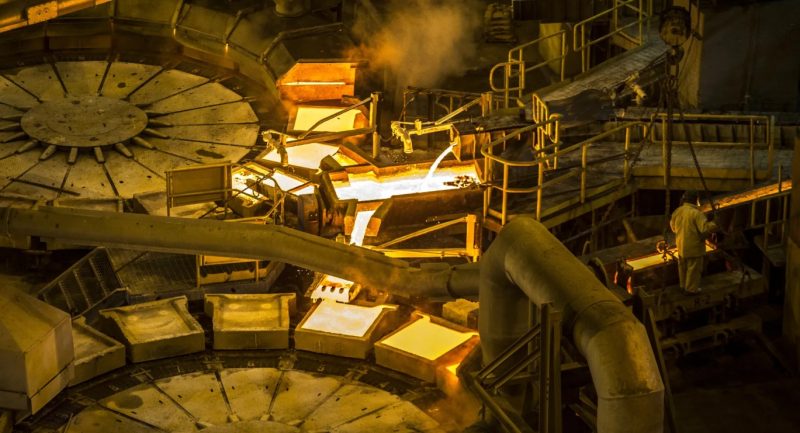
Glencore Copper Output and Production Forecast
Glencore reported its copper output remains roughly 40% below 2018 levels despite strong Q3 gains. Third-quarter production jumped 36% to 583,000 tonnes, aided by higher ore grades at African and Peruvian mines. However, annual output faces pressure due to water restrictions and lower grades at Chile’s Collahuasi mine, jointly operated with Anglo American.
The company trimmed its full-year copper forecast to 850,000–875,000 tonnes from a previous 890,000 tonnes. Shares rose 6.4% as investors welcomed confirmation Glencore expects to meet 2025 production targets. Analysts highlight pressure on Glencore to match peers’ growth plans, particularly in Argentina, despite local political optimism.
Cobalt Strategy and Renewable Energy Setbacks
Glencore manages cobalt exports from the Democratic Republic of Congo, home to over 70% of global supply. New DRC quotas allow 87,000 tonnes for 2026–2027, with 18,125 tonnes allocated for 2025. Glencore plans to prioritize copper production while using stockpiled cobalt efficiently to navigate quota limits.
Meanwhile, Glencore halted a A$35 million renewable energy hub at its Murrin Murrin nickel-cobalt mine. Rising costs and macroeconomic challenges prompted the withdrawal. The decision reflects difficulties across Australia’s nickel sector, with only Murrin Murrin and IGO’s Nova mine remaining operational.
SuperMetalPrice Commentary:
Glencore’s declining copper output underscores the fragility of global supply chains in key metals. Investors must monitor Chile and DRC production closely, while rising EV and battery demand amplifies market sensitivity. Glencore’s cautious approach balances short-term production needs with long-term resource strategy, signaling potential volatility for copper and cobalt prices in 2025–2026.







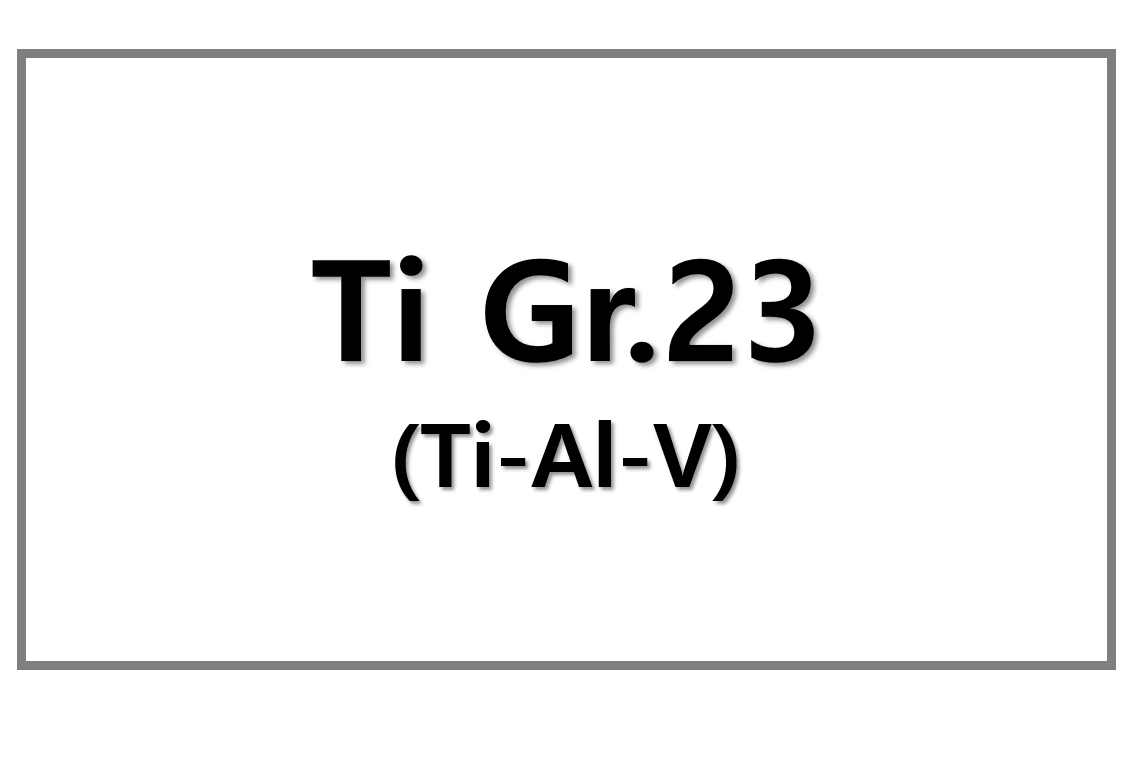
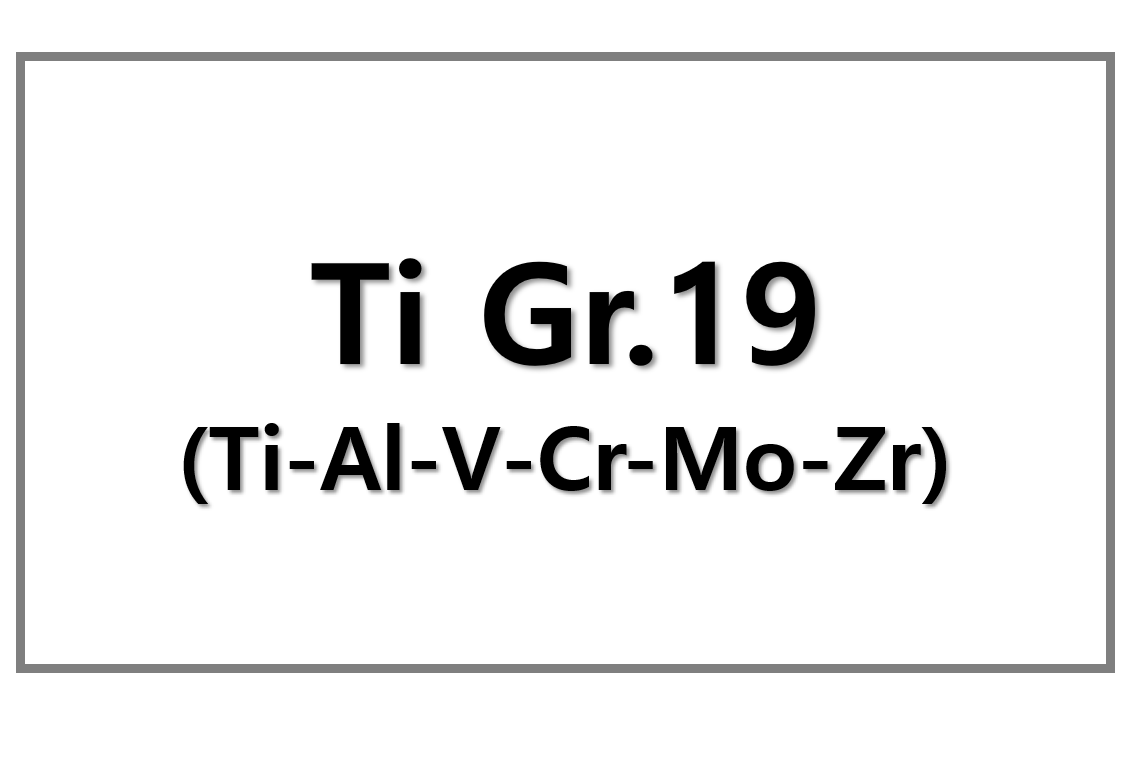
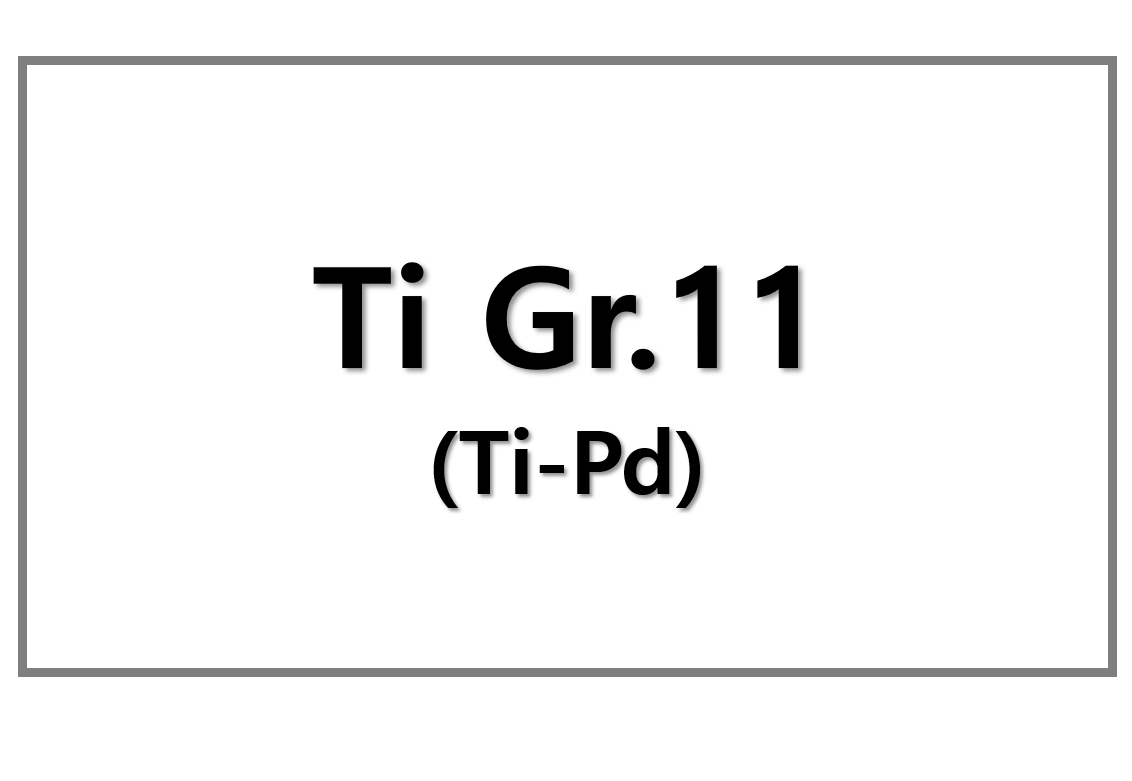
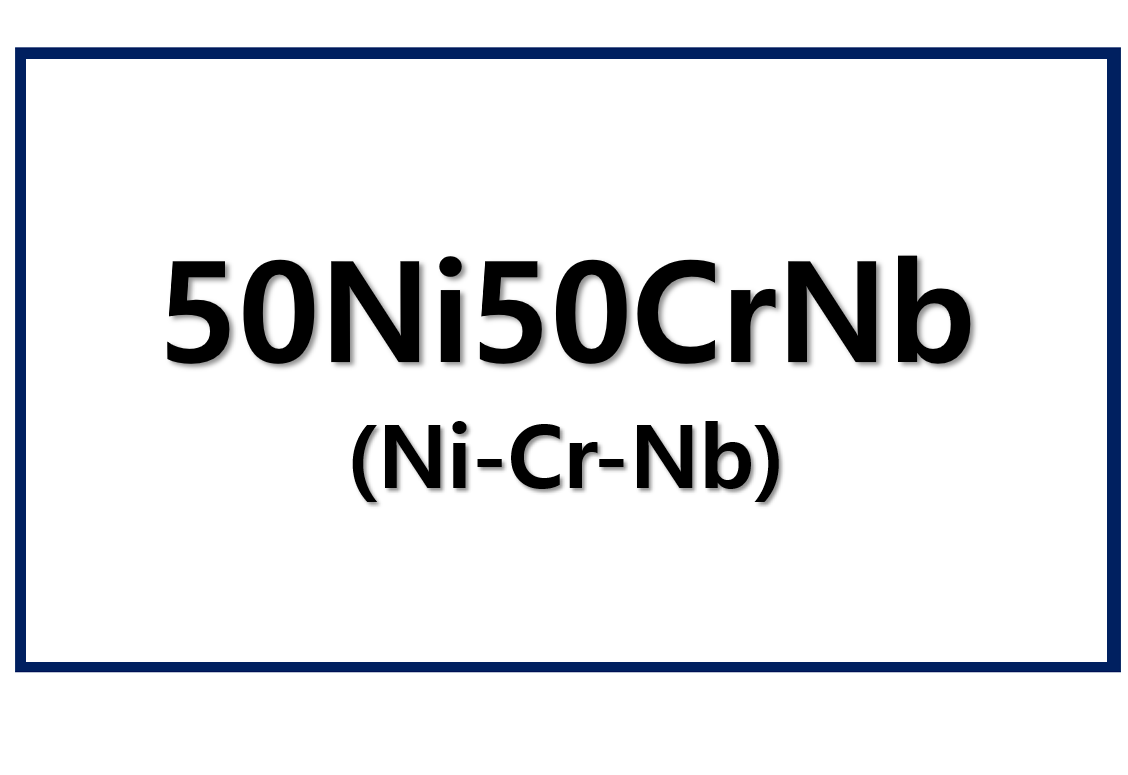
Leave a Reply
You must be logged in to post a comment.